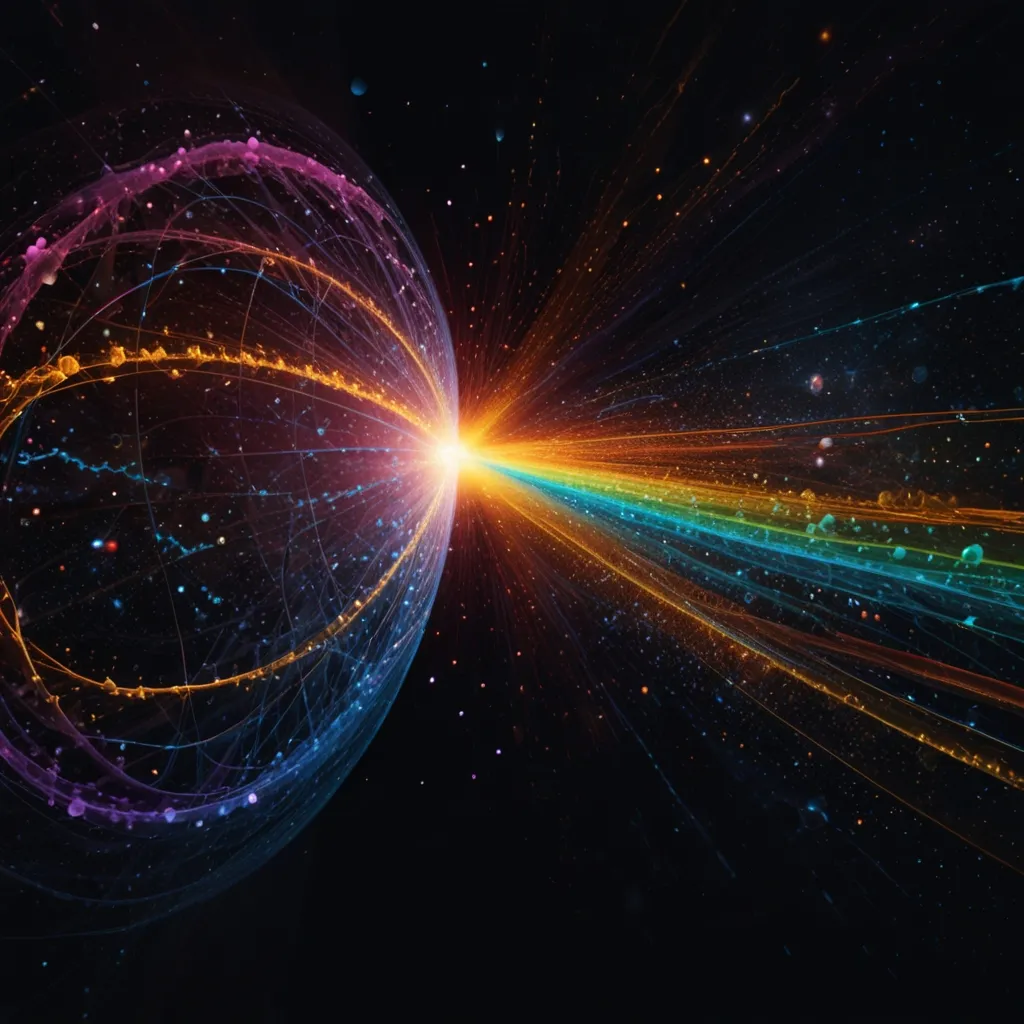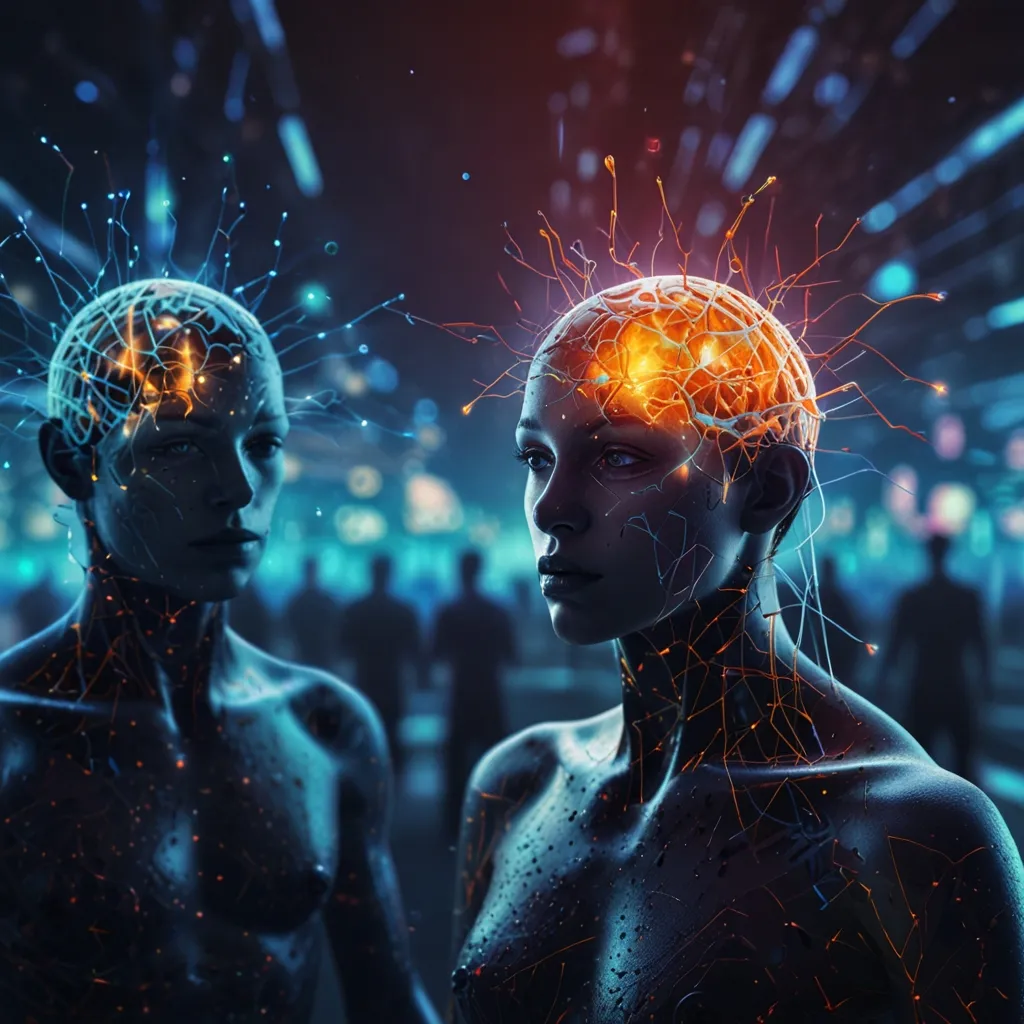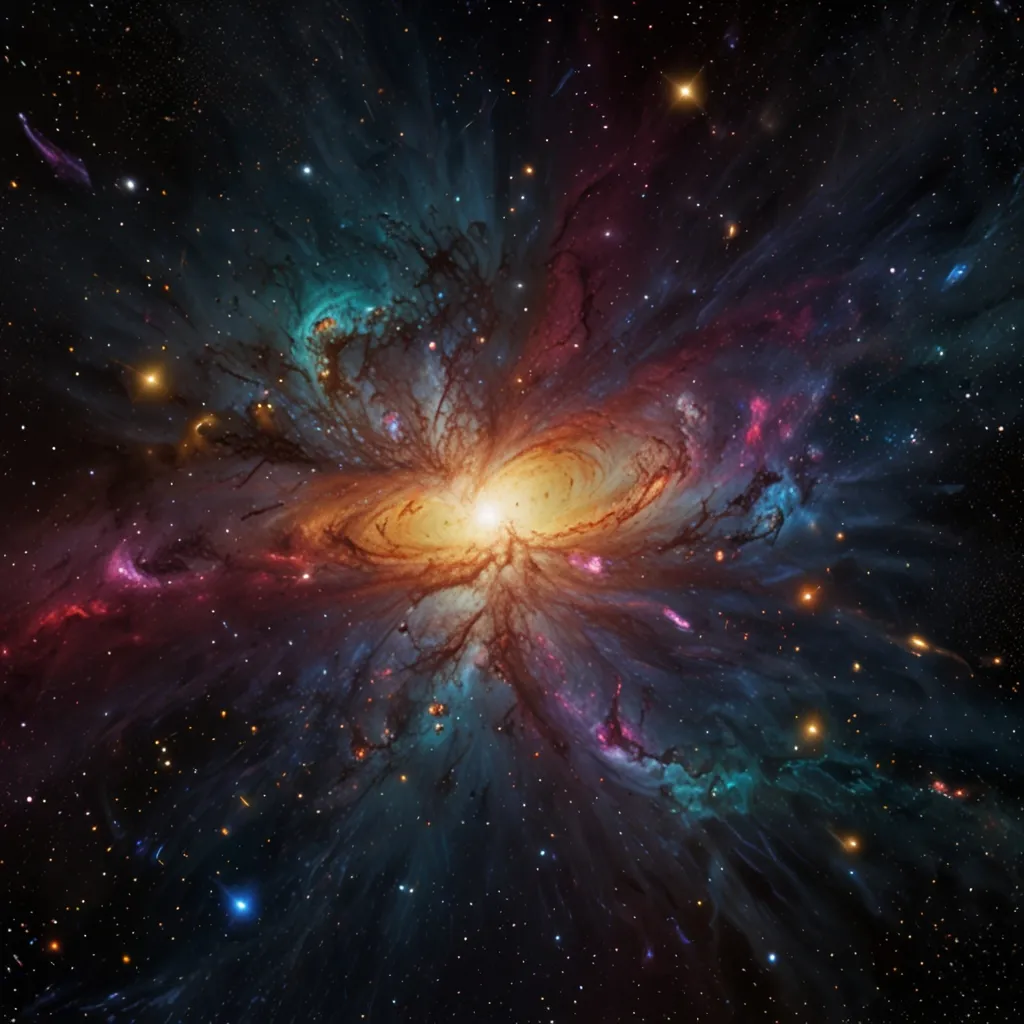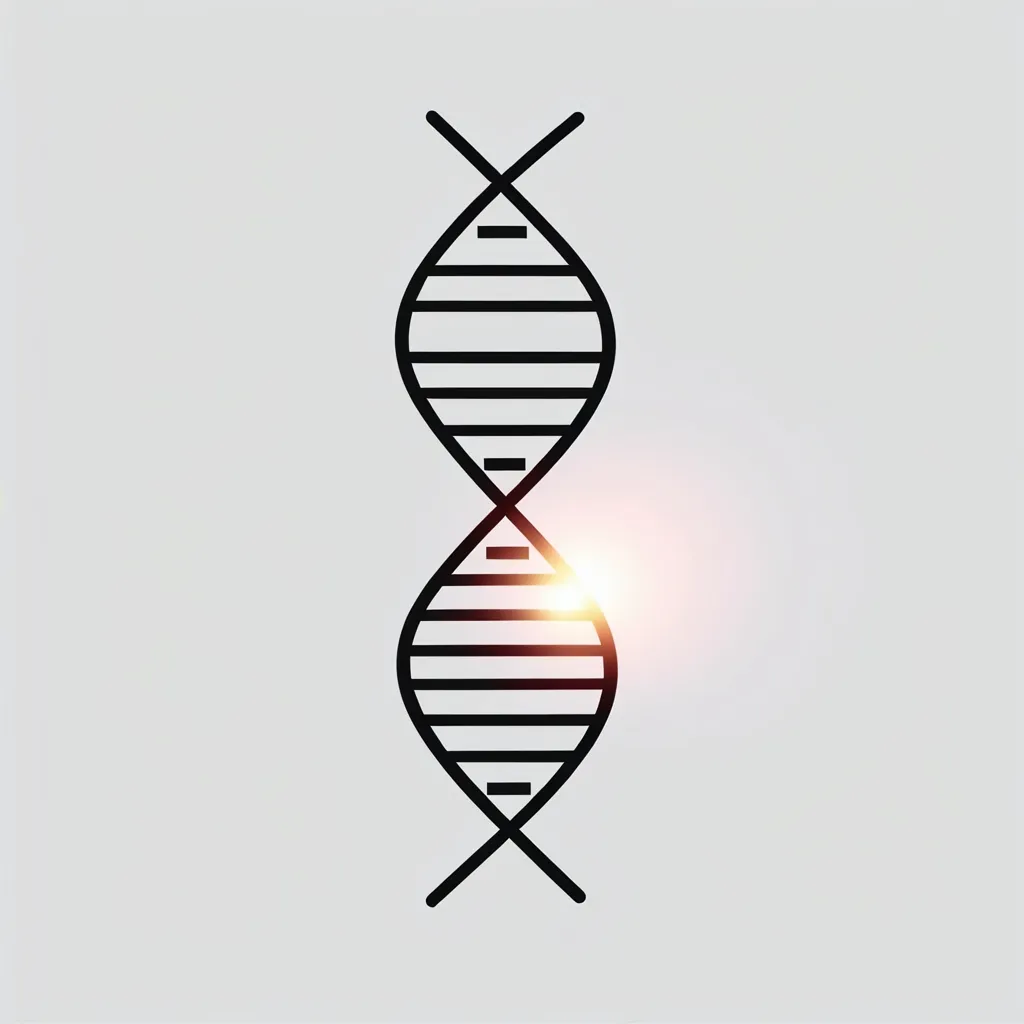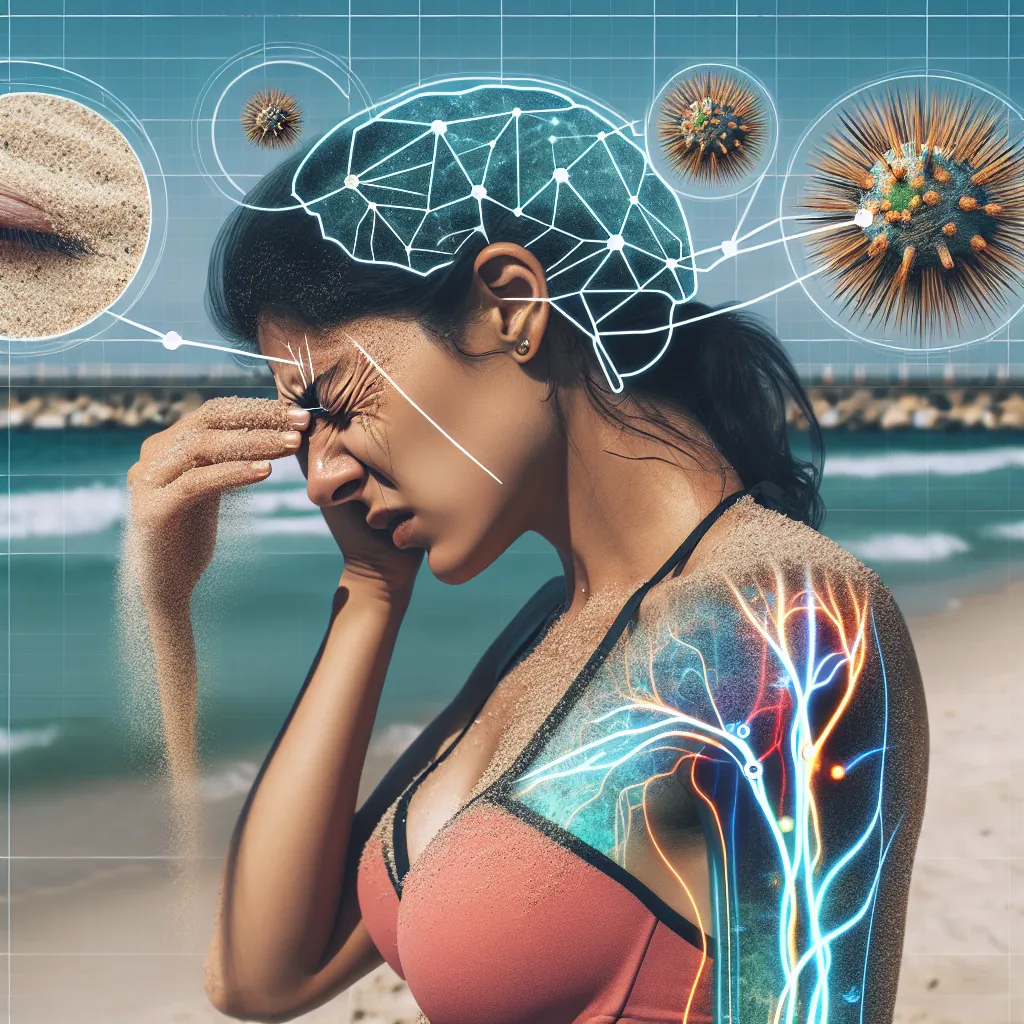Quantum mechanics, the fascinating branch of physics, aims to explain the behavior of incredibly small particles. This microscopic world operates so differently from our everyday experiences that it seems almost bizarre. While classical physics—thanks to Newton and Einstein—gives us precise, predictable, and deterministic rules, quantum mechanics deals more with probabilities. It suggests we can’t know the exact position of an electron in an atom until we measure it. This is just one of many interpretations that try to make sense of quantum phenomena.
Hugh Everett, a graduate student in 1957, proposed what’s now known as the Many-Worlds Interpretation. It was initially dismissed but has gained substantial traction over time. This idea requires a paradigm shift, proposing that for every possible quantum outcome, there’s a corresponding universe. So, when we observe something, we’re just experiencing one branch of many.
One of the major proponents of this interpretation is Professor Sean Carroll of Caltech. Through my virtual conversation with him, I got some insights into the mysteries and mechanisms of this theory. Before delving deeper into the Many-Worlds interpretation, let’s briefly touch on the Copenhagen Interpretation, a widely accepted alternative introduced by Niels Bohr in the 1920s. This interpretation suggests that reality doesn’t solidify until it is observed. It explains the quantum world as a range of probabilities that collapse into one particular state upon measurement.
On the other hand, Everett’s Many-Worlds Interpretation argues that the universe exists in a state of superposition, constantly branching into new worlds with every quantum measurement. For instance, measuring an electron’s spin splits the universe into one where the spin is up and another where the spin is down. All these universes coexist, but we only perceive one at any given time. This theory appears to solve several puzzles, like the measurement problem, because it eliminates the need for a special observer role. Instead, everything evolves naturally following the Schrödinger equation.
Yet, it also raises questions. How does the branching occur? What happens to energy conservation? And why do we experience only one world if many exist? Carroll explains that branching happens due to decoherence, a process where the environment entangles with a quantum system, causing it to split. This effectively means that while the total energy of the universe is conserved, it seems slightly different within each branch.
Another critical question is why we are aware of only one world. Carroll likens it to identical twins. They start as one but split into two distinct individuals. Similarly, branching creates different versions of us experiencing separate realities.
In summary, both the Copenhagen and Many-Worlds interpretations have their quirks and complexities. The Copenhagen interpretation relies on probabilistic reality, while Many-Worlds offers a deterministic yet infinitely branching universe. Despite these differences, they both lead to the same quantum outcomes when using the Schrödinger equation. So, whether you prefer one theory over the other may boil down to personal comfort with bizarre concepts, suggesting that sometimes, the best advice might be to “shut up and calculate,” a notion both Sean Carroll and I find unsatisfying but interesting to ponder.
Physics is not just about calculations; it’s about uncovering the profound truths of our universe. And so, our quest for understanding continues.
